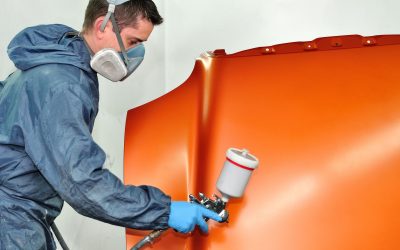Your vehicle represents one of the most expensive purchases you’ll ever make – second only to your home – which is why it’s so important to understand how to properly time your maintenance and repair schedule, especially if you’d like to prolong the lifespan of your car’s most integral components and avoid budget-busting overhauls down the road.
With this notion in mind, we’re going to take a closer look at the ins and outs of auto air conditioning replacements in Redding, CA – namely with regard to how these essential mechanisms work and when to schedule a professional checkup.
How Does a Vehicular Air Conditioner Operate?
In order to understand how a modernized AC system works, we have to evaluate the salient details of each built-in component:
• Compressor: This element is responsible for pumping cold refrigerant vapor directly to the internal condenser.
• Condenser: Generally mounted on the front of your engine’s radiator, this mechanism condenses the aforementioned vapor, turns it into a liquid, and removes heat from incoming air.
• Receiver: The receiver is a small reservoir that receives liquid refrigerant and eliminates any excess moisture to ensure proper functionality.
• Evaporator: Traditionally located in the passenger-side footwell, the evaporator absorbs any remaining heat and prepares the cold air for your vehicle’s fan system.
Now that you understand the nature of your AC apparatus, the next step involves identifying when to schedule auto air conditioning replacements before any issues have a chance to exacerbate. Click here to learn more about auto air conditioning replacements in Redding, CA.
When to Schedule an AC Repair
Even though this type of system isn’t all that complicated or complex, it’s susceptible to a wide range of problems regardless of how old your car happens to be. However, you can avoid costly auto air conditioning replacements simply by looking for these warning signs:
• Weak airflow
• The unit begins blowing cool air but quickly reverts to a hot, moisture-laden current
• Foul-smelling air (usually an indicator of mold or mildew in your evaporator)
• Strange noises, including squeaking, squealing, or mechanical reverberations
• The temperature of the air doesn’t change even when switching the selector to a higher power
If you’re ready to schedule a cost-effective AC repair, feel free to visit Majormufflerautocare.com to partner with an expert team of local technicians that have been serving your community for more than 30 years – your vehicle will be in the best of hands.



